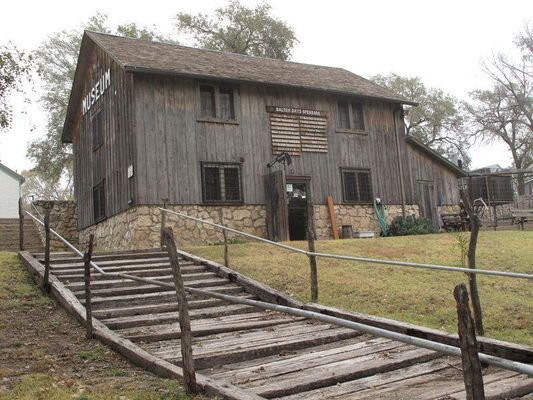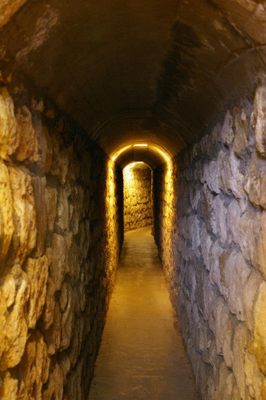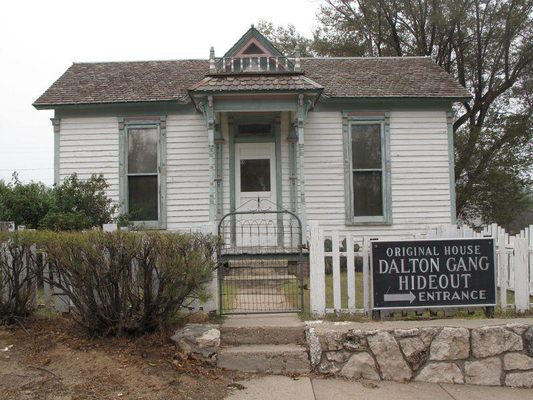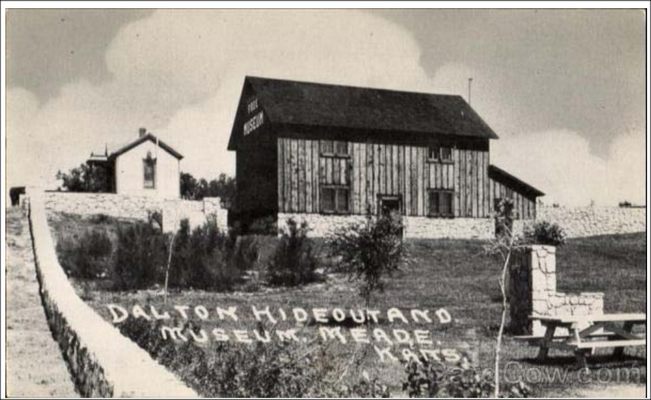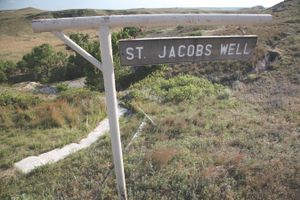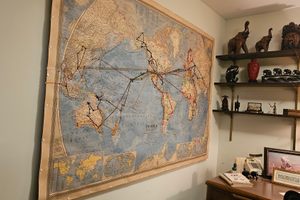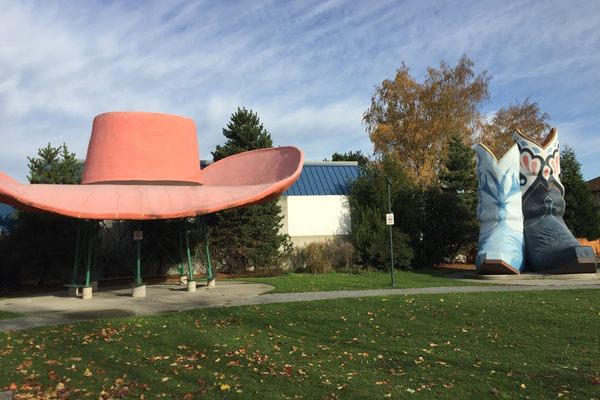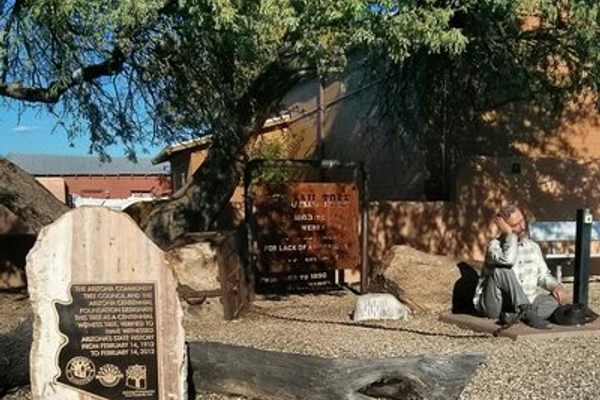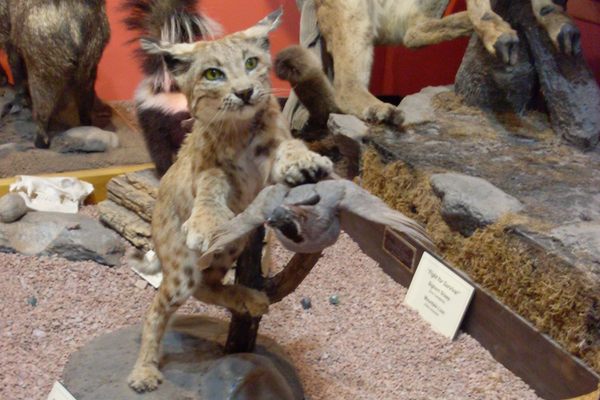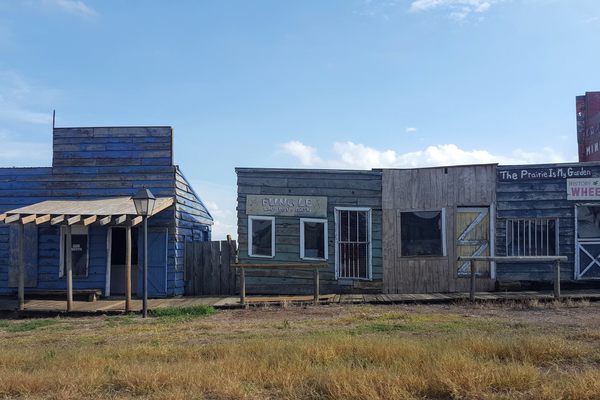About
The Dalton Gang Hideout and Museum, or the Meade Historical Park if we’re speaking officially, is a 1940s-era tourist attraction with a whiff of history – at least on the surface. Sure, we don’t really know if the famed outlaw brothers Bill, Grant, Bob, and Emmett known for hold-ups, horse stealing, and murder hid here, but that’s not the point.
This attraction is a wonderful reflection of a small Kansas town during the mid-20th century creating a place to draw visitors, particularly those who watched old Westerns. Dodge City’s Boot Hill capitalized on this same enthusiasm. The Meade site has a legitimate connection to the Dalton Gang, albeit in a six-degrees-of-separation sort of way. The tiny 1887 Victorian cottage on the grounds – one of the town’s oldest homes – was briefly home to a sister of the outlaws Eva Dalton Whipple and her husband John. This important fact linking a Dalton to Meade provided later town boosters all they needed to create an attraction about the Dalton Gang.
The Meade Chamber of Commerce developed the site, with assistance from the Work Projects Administration (WPA) and National Youth Administration (NYA). The government, by the way, wasn’t keen on glorifying outlaws and before approving plans insisted the site include more local history and be called the Meade Historical Park. (Note to visitors: don’t pull over for directions asking for the Meade Historical Park as nobody calls it this.)
Plans drafted for the site included the reconstruction of a barn, a rock-lined underground tunnel connecting the barn to the old house, and a landscape plan complete with outdoor stoves, a wishing well, stone walls, and plantings. The plan for the barn and tunnel came from recollections of old-timers who recalled having seen them. Later features were added to the site, including a small country store building in 1951 and a line of false front storefronts made to look like a western boardwalk in 2005.
Boosters, no doubt, wanted to capitalize on the site’s Wild West and outlaw themes, which were particularly popular in movies and books of the era. After all, the attraction opened just months after the release of When the Daltons Rode (Universal, 1940), a Wild West flick starring Randolph Scott and Kay Francis. The underground tunnel connecting the barn and residence has always been a popular draw. In fact, the Chamber installed a turnstile accepting coins at the tunnel entrance in 1952, with the proceeds funding advertising out on the highway.
The Chamber hired live-in caretakers Walter and Ruth Dingess to manage the site, and they invited the community to donate and loan materials for a local museum to be housed in the upper story of the barn. Still today the items displayed broadly reflect a Wild West theme enhanced by a display of various types of barbed wire, taxidermied wildlife, and photos and clippings relating to the Dalton gang.
Long after the heyday of television Westerns, the Chamber transferred ownership of the property in 1995 to the Meade County Historical Society, which manages the site today.
Related Tags
Published
August 18, 2015
Sources
- http://khri.kansasgis.org/index.cfm?in=119-41
- http://www.kshs.org/resource/national_register/nominationsNRDB/Meade_DaltonGangHideoutandMuseumNR.pdf
- Meade Globe-News, 22 August 1940; 3 October 1940; 21 November 1940; 6 February 1941; 22 May 1941; and 5 June 1941.
- Ohnick, Nancy. The Dalton Gang and Their Family Ties, Third Edition. Meade, KS: Ohnick Enterprises, 2005.
- http://www.kansasmemory.org/item/305702
- http://www.oldmeadecounty.com/hideout.htm
